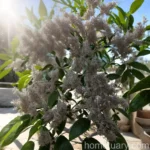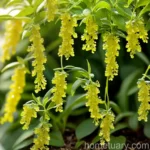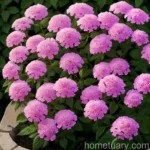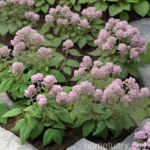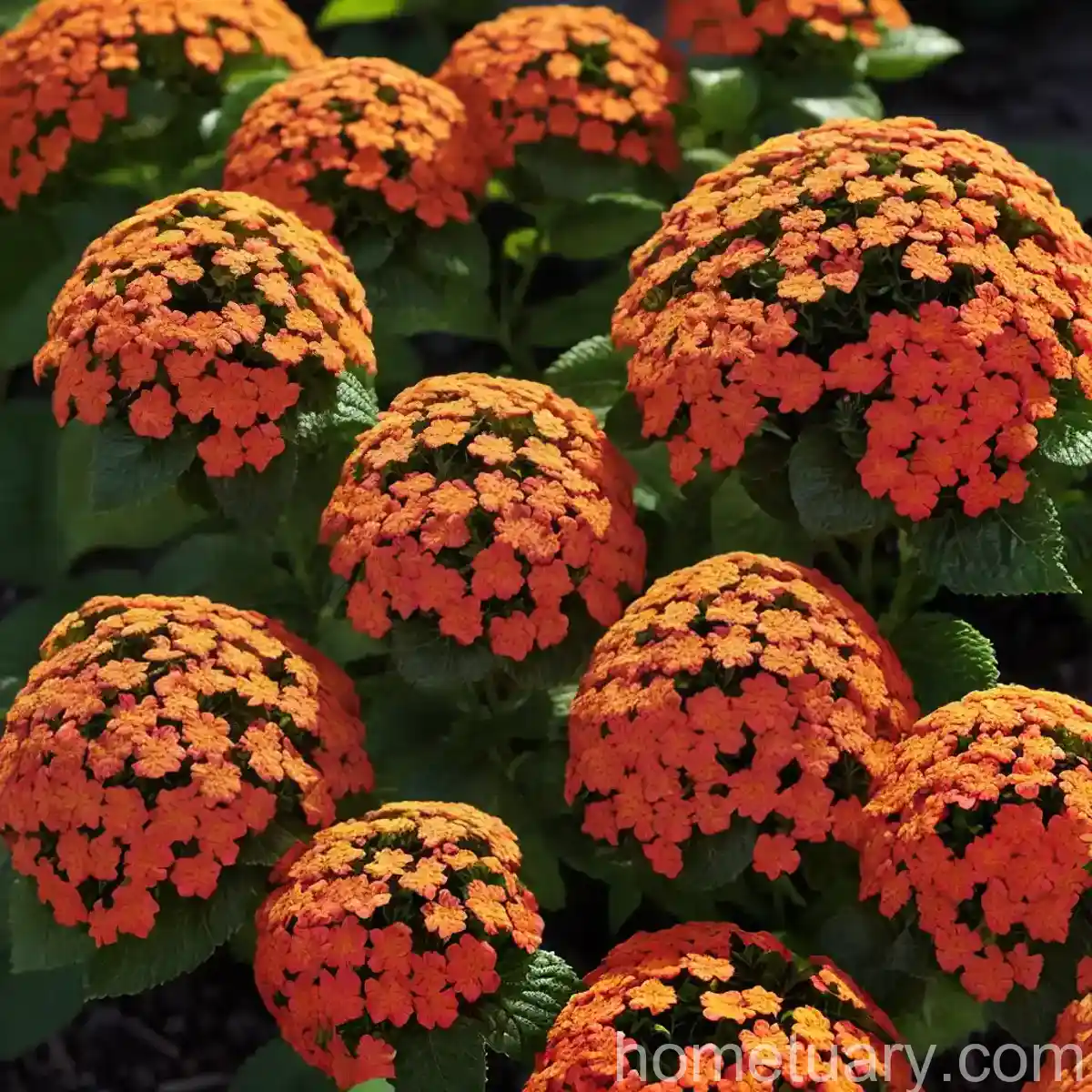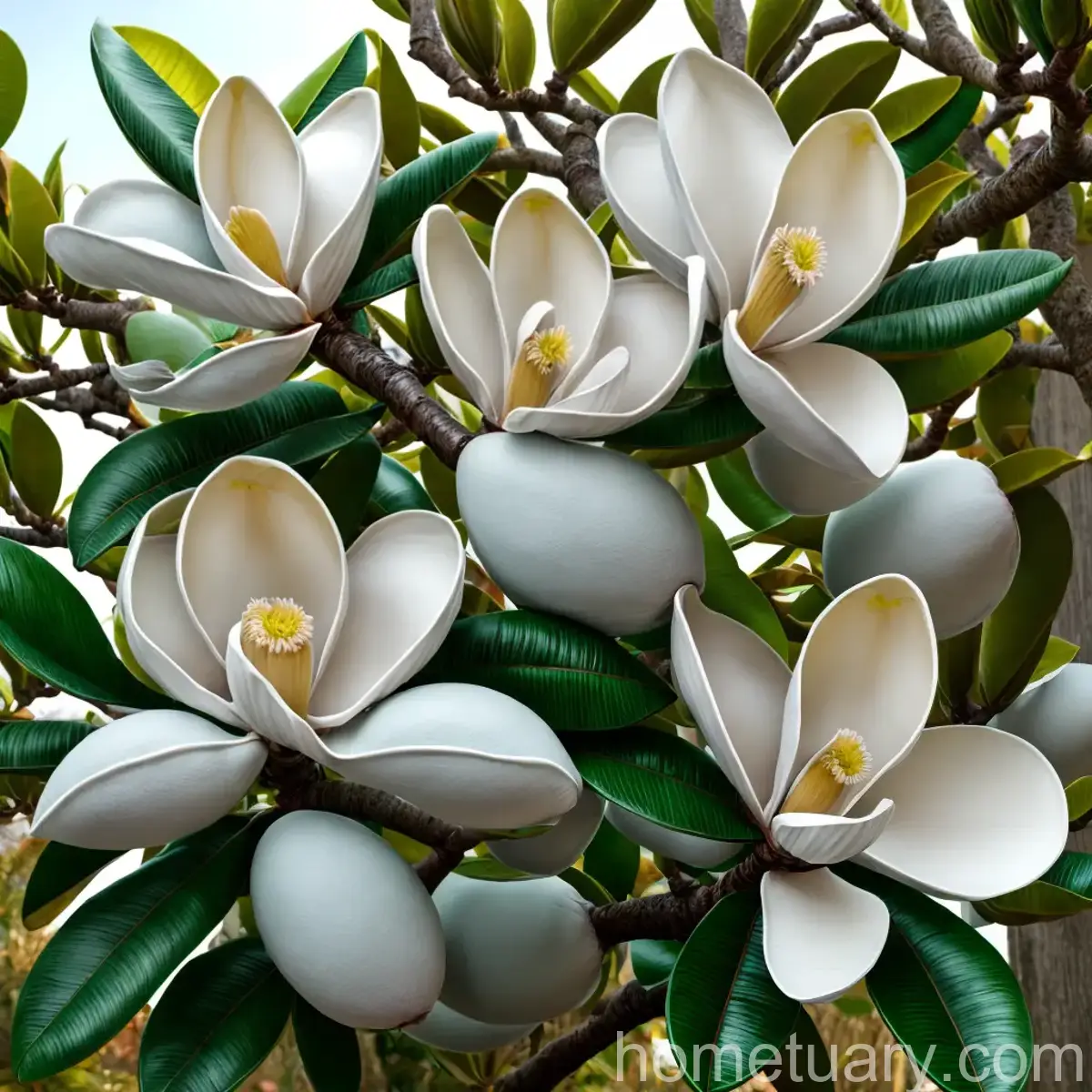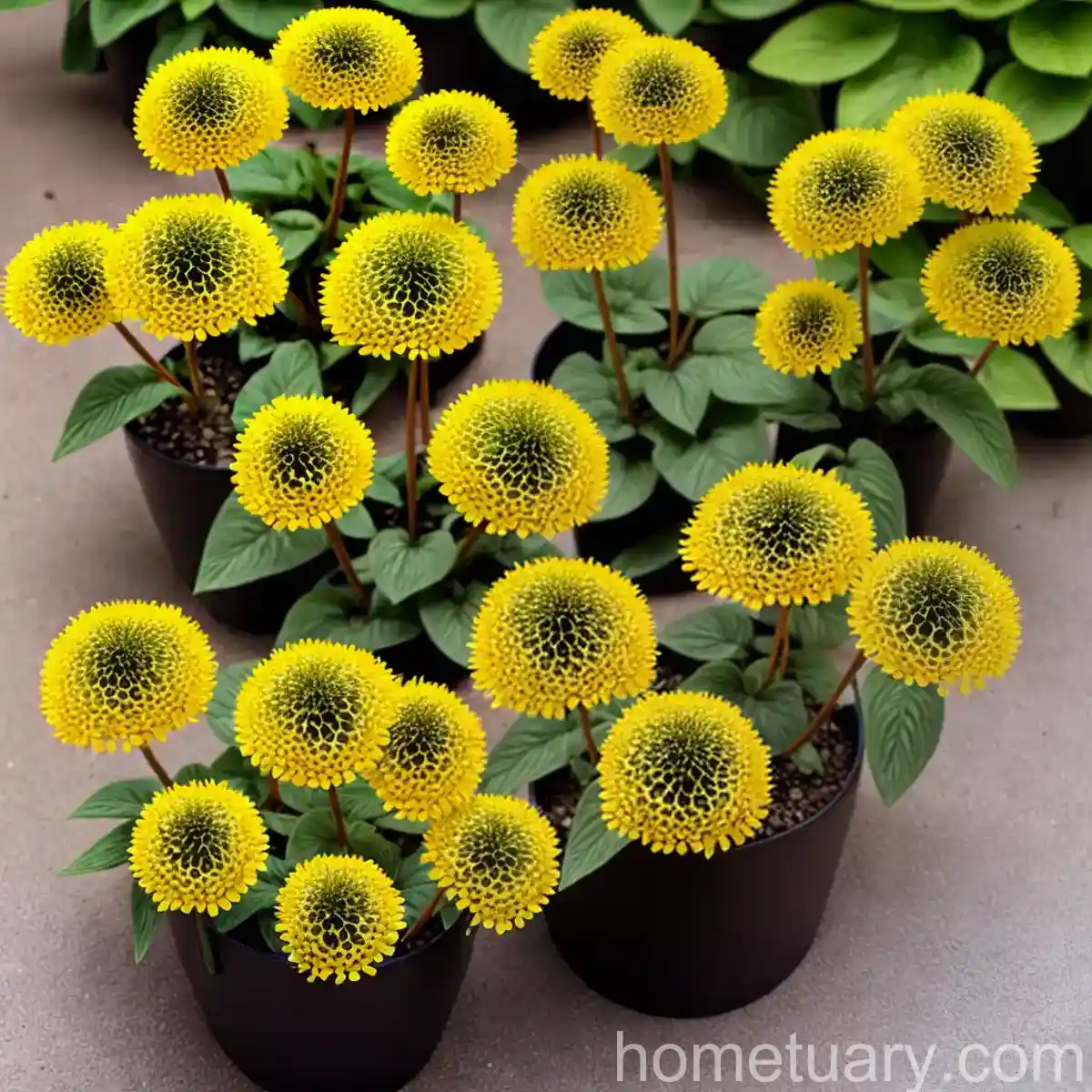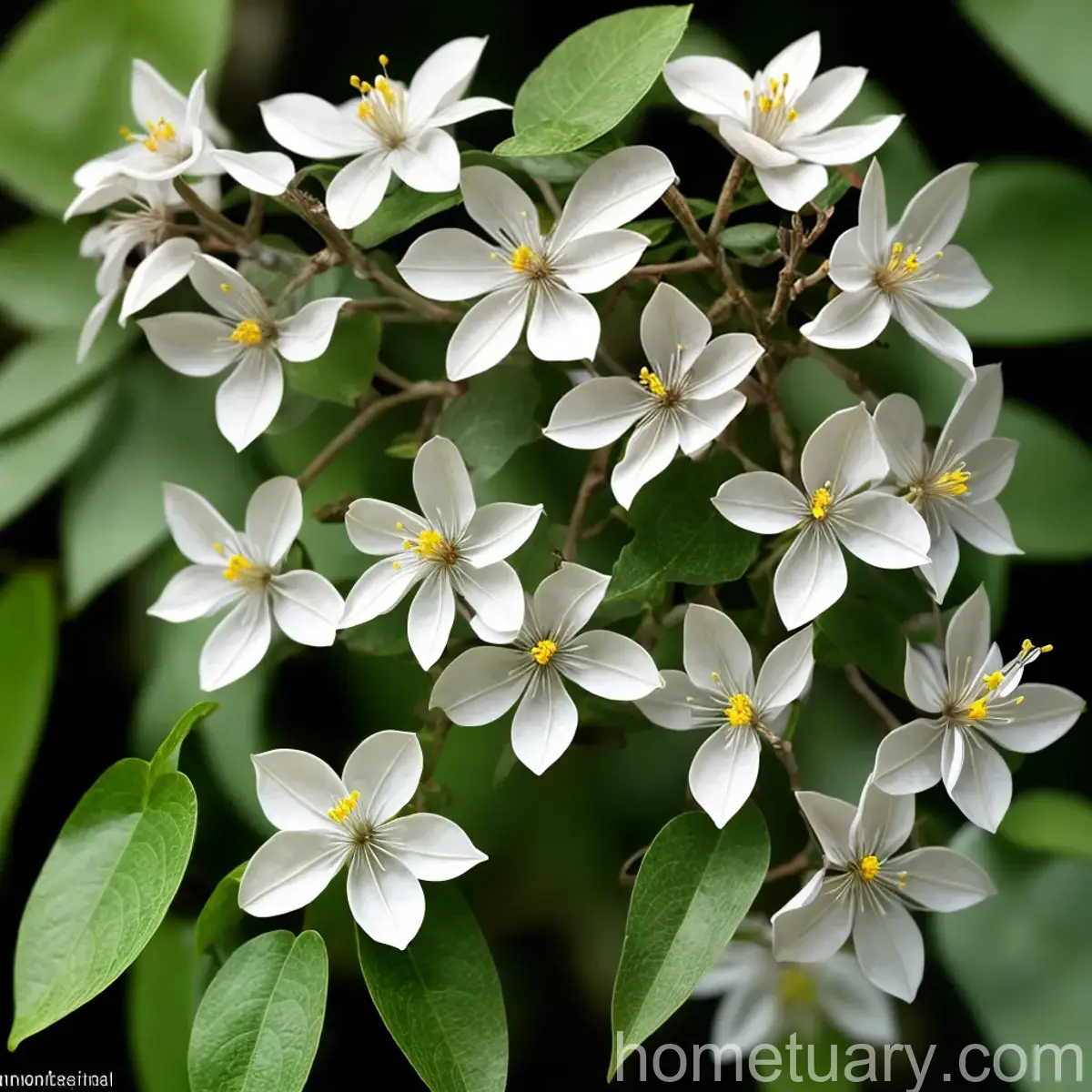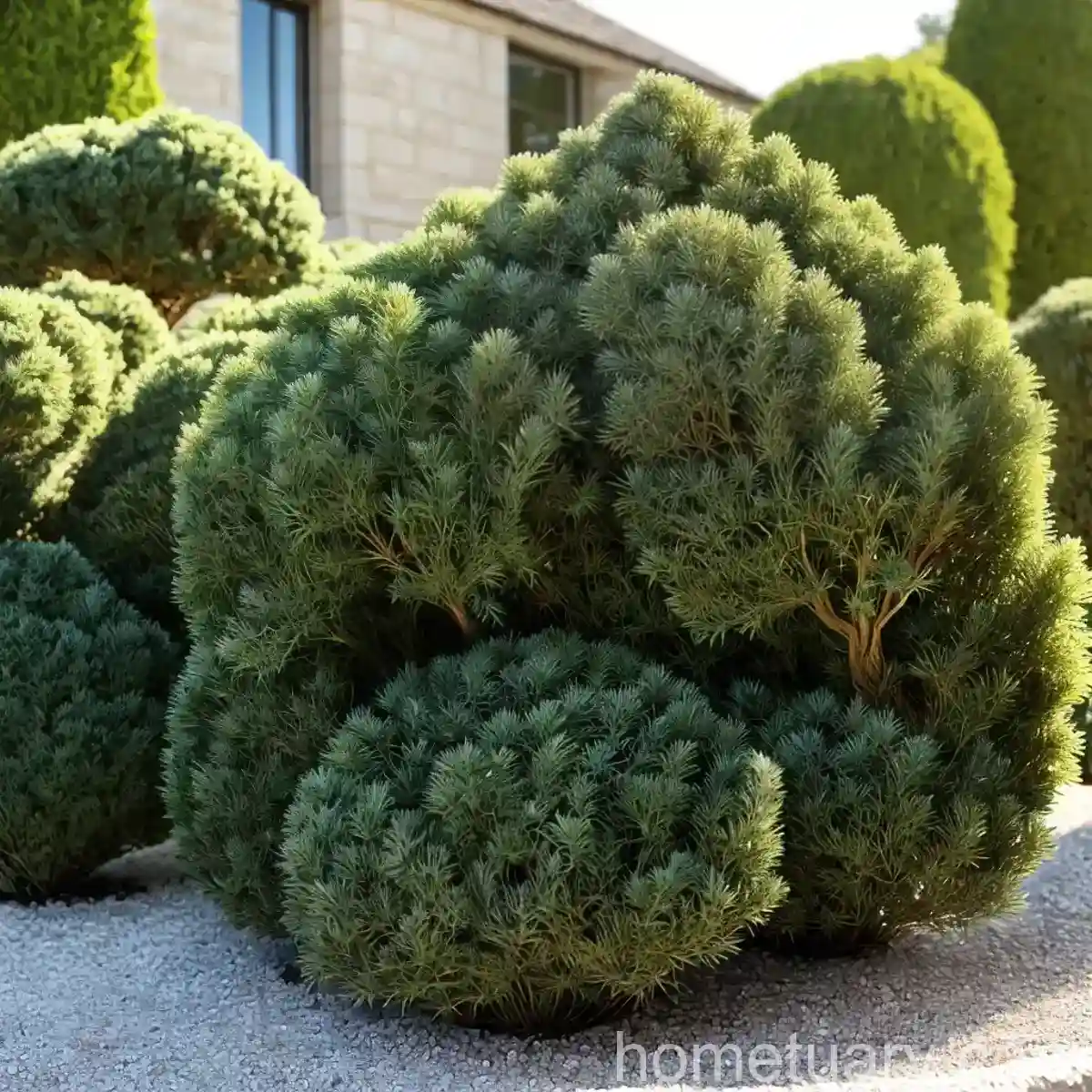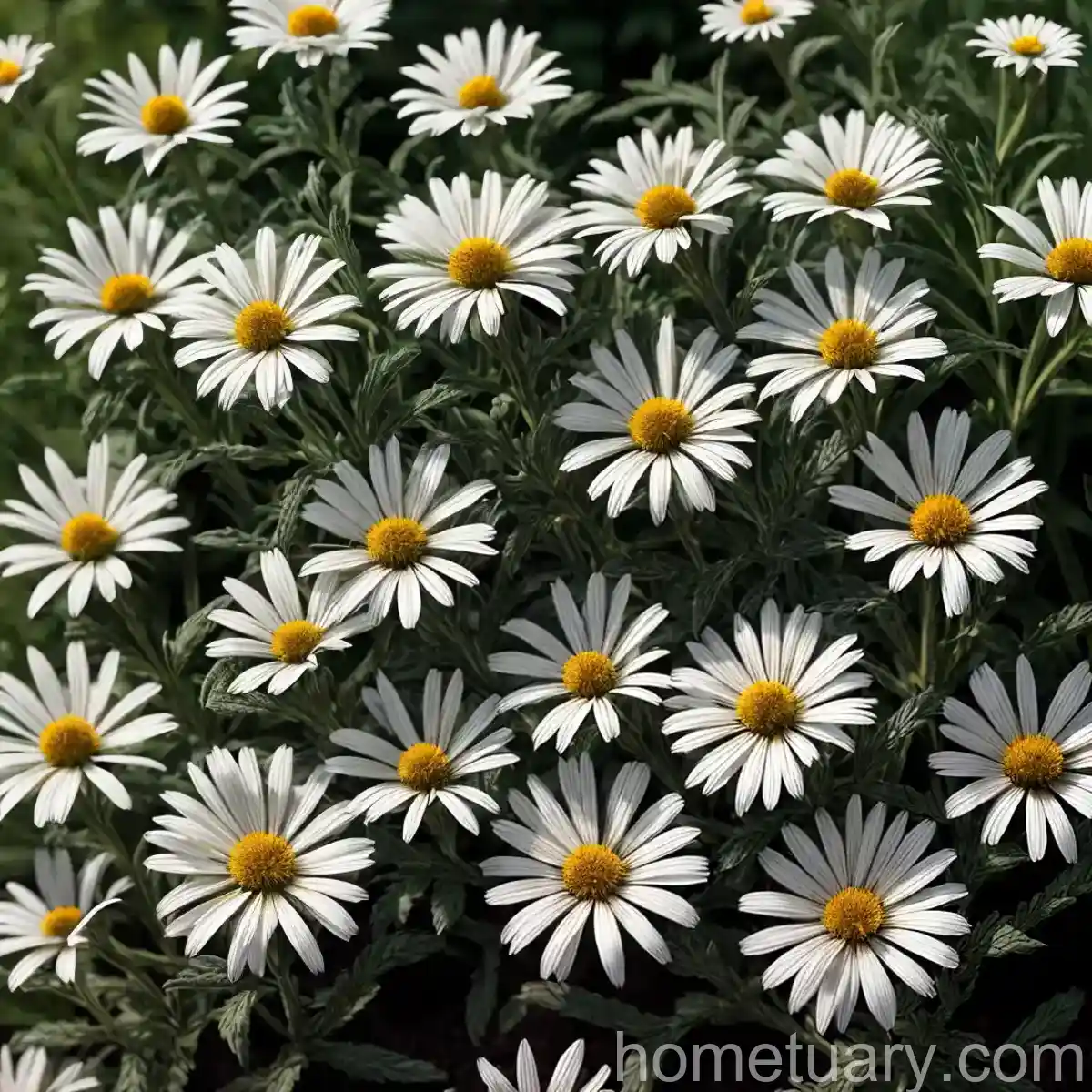What is Lantana (Lantana camara)
Lantana (Lantana camara) is a beautiful, low-maintenance plant that delights gardeners with its vibrant flowers and attractive foliage. This species, commonly known as Lantana, belongs to the Verbenaceae family and is native to tropical regions of the Americas and Africa. Lantana camara is renowned for its clusters of brightly colored flowers, which come in a range of hues, making it a popular choice for gardens, landscapes, and containers.
Key Takeaways – Lantana (Lantana camara)
Before delving into the detailed aspects of Lantana care, let’s explore some key takeaways about this plant:
- Lantana camara is revered for its vibrant, multicolored flowers and is available in a variety of cultivars that offer an array of color choices.
- This plant is relatively easy to care for and is well-suited to various landscapes and garden designs.
- Lantana is appreciated for its ability to attract pollinators, such as butterflies and bees, making it a valuable addition to wildlife-friendly gardens.
- While Lantana is generally low-maintenance, it is essential to be cautious about its potential invasiveness in certain regions.
Now, let’s dive into the specifics of cultivating and caring for Lantana (Lantana camara).
Culture
Uses
Lantana (Lantana camara) serves a variety of purposes, ranging from ornamental to practical. Let’s explore some common applications of this versatile plant:
- Ornamental Use: Lantana is primarily cultivated for its decorative qualities, including its vibrant, aromatic flowers that add visual appeal to gardens and landscapes.
- Wildlife Attraction: The flowers of Lantana attract pollinators, including butterflies and bees, making it an excellent addition to wildlife-friendly gardens.
- Soil Stabilization: In some regions, Lantana is used for soil stabilization and erosion control due to its robust growth habit.
Water
Lantana (Lantana camara) generally thrives in well-draining soil and prefers moderate water levels. It is essential to avoid overwatering, as excessive moisture can lead to root rot and other issues. Adequate watering is crucial, especially during the plant’s establishment period. Once established, Lantana exhibits a degree of drought tolerance, making it suitable for landscapes with varying moisture levels.
Sunlight
Lantana (Lantana camara) is renowned for its tolerance of full sun, making it an ideal choice for sunny landscapes and gardens. When provided with ample sunlight, Lantana often displays more robust growth and prolific flowering. While it tolerates full sun well, it can also adapt to partial shade, although this may lead to reduced flower production.
Fertilizer
When it comes to fertilizing Lantana (Lantana camara), it is essential to choose a balanced, slow-release fertilizer to support healthy growth and flowering. During the growing season, applying a light application of fertilizer every 6-8 weeks can help promote vigorous growth and abundant blooms. It is important to follow the manufacturer’s recommendations for application rates to avoid overfertilization, which can potentially harm the plant.
Soil
Lantana (Lantana camara) thrives in well-draining soil with a slightly acidic to neutral pH level. The plant is relatively adaptable and can grow in various soil types, including sandy, loamy, or clay soils, as long as they are well-draining. Amending the soil with organic matter, such as compost, can help improve soil structure and fertility, promoting healthier growth and blooming.
Pruning
Pruning is an essential aspect of Lantana (Lantana camara) maintenance, contributing to the plant’s overall health, shape, and flowering performance. Proper pruning techniques can help control the plant’s size, shape, and density while promoting a more robust, compact growth habit. Here are some key points to consider when pruning Lantana:
- Deadheading: Regular deadheading of faded flowers encourages continuous blooming and prevents the formation of seeds, redirecting the plant’s energy into producing new flowers.
- Annual Pruning: Performing annual pruning in late winter or early spring helps rejuvenate the plant and maintain its shape and size. During this pruning, it’s important to remove any dead or damaged growth and trim the plant to the desired height.
- Caution: It is essential to wear gloves and exercise caution when pruning Lantana, as the plant’s foliage can cause skin irritation in some individuals.
Propagation
Lantana (Lantana camara) can be propagated through various methods, including stem cuttings and seeds. Here’s an overview of these propagation techniques:
- Stem Cuttings: Propagating Lantana from stem cuttings is a popular and reliable method. Softwood cuttings, taken from new growth, can be rooted in a well-draining potting mix to establish new plants.
- Seeds: Lantana seeds can also be used for propagation. Harvesting seeds from mature flowers and sowing them in a suitable growing medium can yield new Lantana plants.
Container Popularity
Lantana (Lantana camara) is well-suited to container gardening, making it a versatile choice for those with limited garden space. The plant’s compact growth habit, vibrant flowers, and low-maintenance nature make it an attractive option for container displays on patios, balconies, and other outdoor areas.
Container Common Diseases
When growing Lantana in containers, it is crucial to be aware of potential diseases that may affect the plant. Some common diseases that can impact Lantana in containers include:
- Powdery Mildew: This fungal disease can affect Lantana, resulting in a white powdery coating on the leaves and stems. Adequate air circulation and proper watering practices can help prevent powdery mildew.
- Root Rot: Overwatering or poorly draining soil can lead to root rot in container-grown Lantana. Ensuring that the containers have adequate drainage and avoiding waterlogged conditions is essential for preventing this issue.
Disease Diagnosis
Diagnosing diseases in Lantana involves careful observation of the plant’s symptoms, including changes in leaf color, texture, and overall vigor. It is essential to monitor the plant regularly for any signs of disease and take prompt action to address the issue. Consulting with a local gardening expert or plant disease specialist can be valuable in accurately diagnosing and treating plant diseases.
Common Pests
Lantana (Lantana camara) may be susceptible to certain pests that can impact its health and appearance. Some common pests that may affect Lantana include:
- Aphids: These small, soft-bodied insects can feed on the plant’s sap, potentially causing distortion of new growth and the presence of sticky honeydew.
- Spider Mites: These tiny arachnids can infest Lantana, causing visible stippling on the leaves and weakening the plant.
- Whiteflies: Whiteflies are small, winged insects that may congregate on the undersides of Lantana leaves, sucking sap and potentially leading to yellowing and wilting.
Implementing integrated pest management strategies, including regular monitoring, beneficial insect attraction, and appropriate pesticide applications if necessary, can help manage and prevent pest infestations on Lantana.
Botanist’s Tips
As a plant scientist specializing in Lantana (Lantana camara), here are some valuable tips for cultivating and caring for this beautiful species:
- Selecting Cultivars: When choosing Lantana cultivars for your garden or landscape, consider factors such as flower color, growth habit, and size to ensure that the selected varieties align with your design preferences and climatic conditions.
- Pollinator-Friendly Landscapes: Incorporating Lantana into pollinator-friendly landscapes can attract a diverse range of beneficial insects, including butterflies, bees, and other pollinators, contributing to the ecological balance of the garden ecosystem.
- Pruning Cautions: Exercise caution when pruning Lantana, as the plant’s sap and foliage can cause skin irritation in some individuals. Wearing protective gloves and clothing is advisable when handling and pruning Lantana plants.
Fun Facts
- The name “Lantana” is derived from the Latin word “lentus,” meaning flexible, referring to the plant’s pliable stems.
- Lantana flowers change color as they age, adding an intriguing dimension to the plant’s ornamental appeal.
- In some regions, Lantana has been traditionally used for medicinal purposes, with reported applications ranging from treating skin conditions to relieving respiratory ailments.
Links to External Resources
For further information on Lantana (Lantana camara), explore the following external resources:
- Lantana camara: An Invasive Plant in Australia
- Lantana Camara – University of Florida, Institute of Food and Agricultural Sciences
- Lantana Camara Species Profile – USDA National Invasive Species Information Center
By integrating the aforementioned tips and insights into your approach to Lantana (Lantana camara) cultivation and care, you can enhance your gardening experience and contribute to the thriving, vibrant presence of this beloved plant species. Whether you’re seeking to create a pollinator-friendly garden, accentuate your landscape with colorful blooms, or simply enjoy the low-maintenance beauty of Lantana, understanding its growing requirements and maintenance practices is key to achieving successful results.




